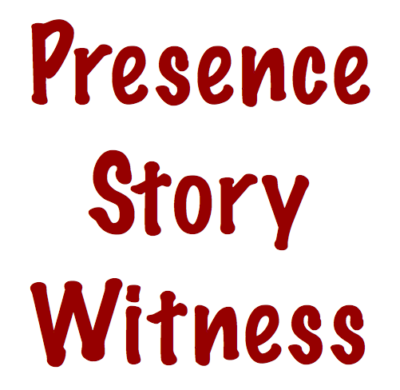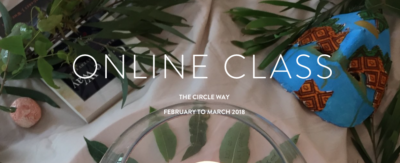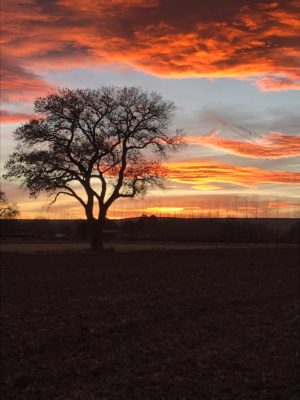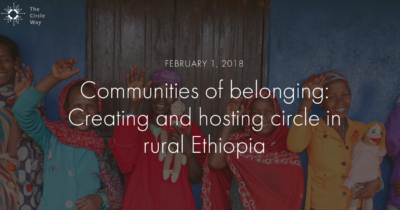
In yesterday’s The Circle Way Online Class with Amanda Fenton, one of the contexts I shared with participants was when they went into small groups. They would have 25 minutes in groups of four or five. One person would host. One person would guardian. There were three “rounds” that we encouraged.
- Check-in (How is it that you are arriving to this small group circle now?)
- Main Question (Tell a story of when you have experienced The Circle Way components to be helpful — or challenging when missing.)
- Check-out (What was one thing you appreciated from your small circle?)
These three steps are a deeply engrained pattern for those of us that practice circle. With of course, a few assumptions tucked beneath them. Yesterday we highlighted “center” — the third space in which we contribute our thinking, feeling, and wondering. It is from willingness to attend to center that emergence becomes more visible and flavored. Yesterday we also highlighted “talking piece” — the act of creating more deliberate and uninterrupted sharing and listening.
I spoke these three rounds as engrained and entrained, just as it is for some of us with our morning habits — brush teeth, shower, cup of coffee. I also spoke what I see as underlaying purpose of each, that contributes to animating awareness and connection through circle.
Check-in invokes presence. It is the shift from social space to the deliberate attending in circle. Or to shift even from one form of circle to another. In our class it was from the group of 14 to the groups of four or five. Even a “mini check-in” matters. It’s like re-stabilizing our psyches to a new configuration of humans gathered. Each configuration benefits from a weave to animate the wholeness of that particular group. Check-in is what helps us get to that.
Main Question is animated by story. Circle is not presentation. Nor is it one person at the front of the room. Nor is it dumping data. Many things can be shared, including core facts and strong opinions. But circle uniquely invites us to a different quality of interaction together. I’ve learned this is often because of inviting people to be in the spirit of sharing story that shows a bit of how they relate to the main question. Sharing experience, even a tiny bit, that relates to the main question. Sharing story is itself a learning strategy. And yes, story creates delight — even the challenging ones.
Check-out invokes witnessing. It creates just a bit of deliberateness to notice what just happened. It’s difference than just racing away. It’s like being deliberate to tidy the dishes before rushing out of the house. Check-out tends to more of the energy and more of the experience in the group. It’s powerful and important to hear an individual express what they experienced, sometimes even in just a word. It’s powerful and important to notice how that is shared, or unique, in the group. We so often live in contexts that skip over the witnessing and even momentary sense-making together. Check-out is what helps us benefit from these qualities together.
Patterns. Aren’t we all learning these. To make conscious or change the unconscious ones. To claim and give light structure to the new ones.
Patterns of encountering. Well, isn’t this at the heart of it all. Daring to lean into the possibility of the whole and what is uniquely created in the middle. Daring to create added life and awakeness in who we are and what we try to do or be together.



